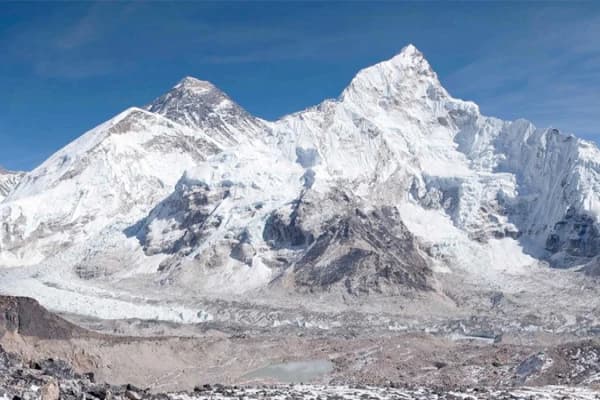Digital Connection at the Top of the World
The Everest Base Camp Trek is an epic adventure that draws thousands of trekkers every year to the Himalayas. As more travelers seek to stay connected for safety, communication, or even to share their journey on social media, the question arises: how does WiFi and internet actually work on the Everest Base Camp trek?
In this comprehensive guide, we break down where you can find internet access, the cost, speed, and reliability of various services like NTC, Ncell, and Everest Link Satellite WiFi across the trail. Whether you're a digital nomad, vlogger, or a trekker wanting to check in with loved ones, this blog will help you navigate internet access in the remote Everest region.
1. Overview: Can You Get Internet Access During the EBC Trek?
Yes, internet access is possible throughout many parts of the Everest Base Camp (EBC) trail. However, the quality, speed, and pricing of the internet services vary dramatically based on the altitude, terrain, and service provider.
There are three main ways to access internet on the EBC trek:
- Mobile Data (NTC and Ncell)
- Satellite WiFi (Everest Link or AirLink)
- Lodge/Tea House WiFi Networks
Each option has its own pros and cons, and the best choice depends on your budget, internet needs, and location along the trail.
2. Internet Access via NTC and Ncell Mobile Networks
a. NTC (Nepal Telecom) Network on EBC Trek
Nepal Telecom (NTC) is Nepal’s government-owned telecom operator. It has a broader high-altitude network reach than Ncell, but its performance varies by altitude.
- Coverage: NTC works reasonably well up to Namche Bazaar and sporadically along the trail beyond Tengboche. It becomes unreliable after Dingboche.
- SIM Purchase: Available in Kathmandu or Lukla for approx. NPR 100–200.
- 3G/4G Data: Works up to Namche, with 2G or no service in higher altitudes.
- Top-Up: Can be done via recharge cards, online wallets, or local shops.
- Speed: Average 3G speed in Namche is about 1–2 Mbps, but highly fluctuates.
Cost:
- 1 GB: NPR 100 (~USD 0.75)
- 5 GB: NPR 300 (~USD 2.25)
- 10 GB: NPR 500 (~USD 3.75)
Pro Tip: NTC offers better signal than Ncell in remote parts like Tengboche. However, don’t rely on it above 4,000 meters.
b. Ncell Network on EBC Trek
Ncell, a private telecom provider, often offers better 4G speeds in towns and valleys but has limited coverage above Namche.
- Coverage: Good until Namche Bazaar and slightly usable in Tengboche. No service beyond Dingboche.
- SIM Cost: Approx. NPR 100 with tourist packs available in Kathmandu.
- Data Speed: 4G speed up to 5 Mbps in Namche under optimal conditions.
- Top-Up: Can be done online or via recharge cards.
Cost:
- 1 GB: NPR 123 (~USD 0.90)
- 5 GB: NPR 305 (~USD 2.30)
- 10 GB: NPR 500 (~USD 3.75)
Pro Tip: Ncell is better in Kathmandu and Lukla but fades quickly past Namche. It’s ideal for early trekking days only.
3. Satellite WiFi: The Real Game-Changer Above 3,800m
a. Everest Link – The Most Widely Used Satellite Internet
Everest Link is a satellite-based internet service dedicated to the Everest trekking region. It covers most major villages, teahouses, and even Gorak Shep.
- How it works: Each lodge purchases a subscription and resells access to trekkers.
- Coverage: Available in Namche, Tengboche, Dingboche, Lobuche, and Gorak Shep.
- Speeds: Typically 512 Kbps to 2 Mbps (shared bandwidth).
- Reliability: Very weather-dependent. Good on clear days.
Pricing:
- 1 GB: USD 5–6
- 10 GB: USD 20–25
- Unlimited (per day): USD 5–10
You can also purchase an Everest Link WiFi Card (scratch card) at local shops or lodges.
Pro Tip: Always ask for Everest Link credentials in the lodge. Buy WiFi cards in Namche if you want the best deal.
4. Village-by-Village Internet Breakdown
a. Namche Bazaar (3,440m)
Namche is the digital capital of the Everest region. All three services—NTC, Ncell, and Everest Link—are available here.
- Best Option: Ncell 4G (Fastest), Everest Link (most reliable for longer use)
Speed:
- Ncell: 4–6 Mbps
- Everest Link: 1–2 Mbps
Cost:
- Lodge WiFi: USD 3–5 (sometimes free with accommodation)
- Everest Link: 1 GB for USD 5 or 10 GB for USD 20
- Tips: Buy your SIM cards, recharge data, and Everest Link scratch cards here.
b. Tengboche (3,867m)
Tengboche Monastery is a spiritual gem but not very digitally connected.
- NTC: Weak 2G signal, only good for calls or occasional texts
- Ncell: Very weak or no signal
- Everest Link: Available in guesthouses
- Speed: 512 Kbps – 1 Mbps
Cost:
200MB–500MB for USD 3–5
- Unlimited day pass for USD 10 (check for availability)
- Tips: Don’t depend on mobile data; Everest Link is the only option.
c. Gorak Shep (5,164m) – The Last Outpost
This is the final village before reaching Everest Base Camp. Mobile data does not work here.
- NTC/Ncell: No signal
- Everest Link: Widely available in teahouses
- Speed: ~512 Kbps (shared satellite bandwidth)
Cost:
- 200MB: USD 5
- 1 GB: USD 10
- Unlimited daily: USD 10–12
Tips: Connection is slow, weather-dependent, and can drop frequently. Use it for emergency or essential updates only.
5. Tips for Staying Connected Smartly
- Download offline maps and guides before your trek (e.g., Maps.me, Gaia GPS).
- Use WhatsApp and Messenger for texts and calls instead of video calls to save data.
- Turn off background data usage and updates on your phone.
- Buy Everest Link WiFi cards in Namche where they’re cheaper.
- Use WiFi sparingly above Dingboche due to lower speed and high prices.
6. What About Internet at Everest Base Camp?
There is no internet directly at Everest Base Camp unless you're part of an expedition group with private satellite access. For trekkers staying overnight at Gorak Shep, that’s your last connection point.
Expedition teams often install high-speed satellite dishes for base camp communication, costing thousands of dollars. This is not accessible for regular trekkers.
7. Power Supply: Charging Your Devices Along the Trail
Internet is useless without power. Charging phones and power banks gets harder as you ascend.
- Namche: Free charging in many places
- Tengboche to Gorak Shep: Lodges charge USD 3–5/hour for charging
- Bring: Solar charger or power banks (10,000mAh–20,000mAh recommended)
8. What to Pack for Internet Access on EBC Trek
- Unlocked smartphone (for Ncell/NTC SIM)
- Everest Link WiFi cards
- Solar charger or large power bank
- Local SIM cards (buy in Kathmandu)
- Offline backup apps (maps, translator, health tips)
9. Final Thoughts: Can You Stay Online During the EBC Trek?
Yes, you can stay connected—just not all the time or at high speeds. Use mobile data (Ncell or NTC) until Namche, then rely on Everest Link WiFi beyond that. The internet is good enough for sending messages, uploading photos, and checking in with loved ones, but don’t expect Netflix-quality streaming or live blogging from Gorak Shep.
Being offline is part of the beauty of trekking to Everest Base Camp. Use the internet wisely, share your adventure—but don’t forget to unplug and enjoy the majestic Himalayas.

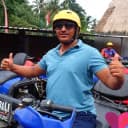
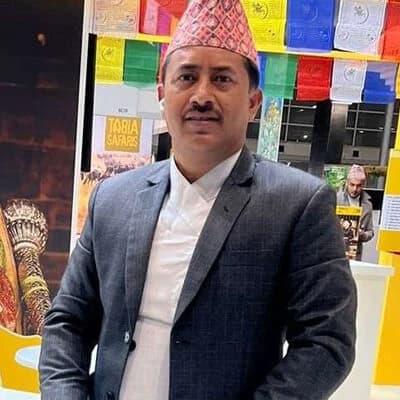

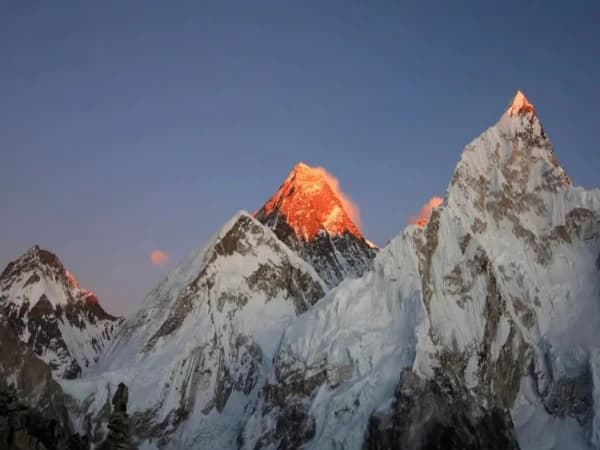
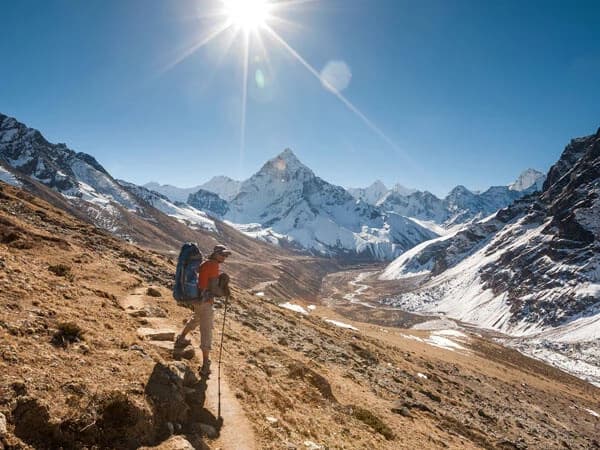
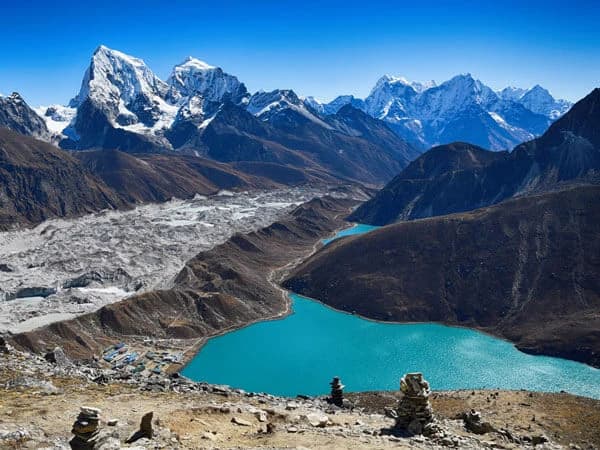
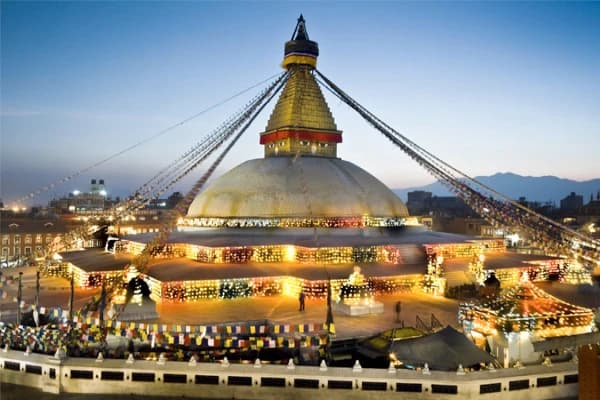
-(5).webp&w=1200&q=75&dpl=dpl_CtNAyRzUAwPdWKDCFxYk5p2VryPh)
